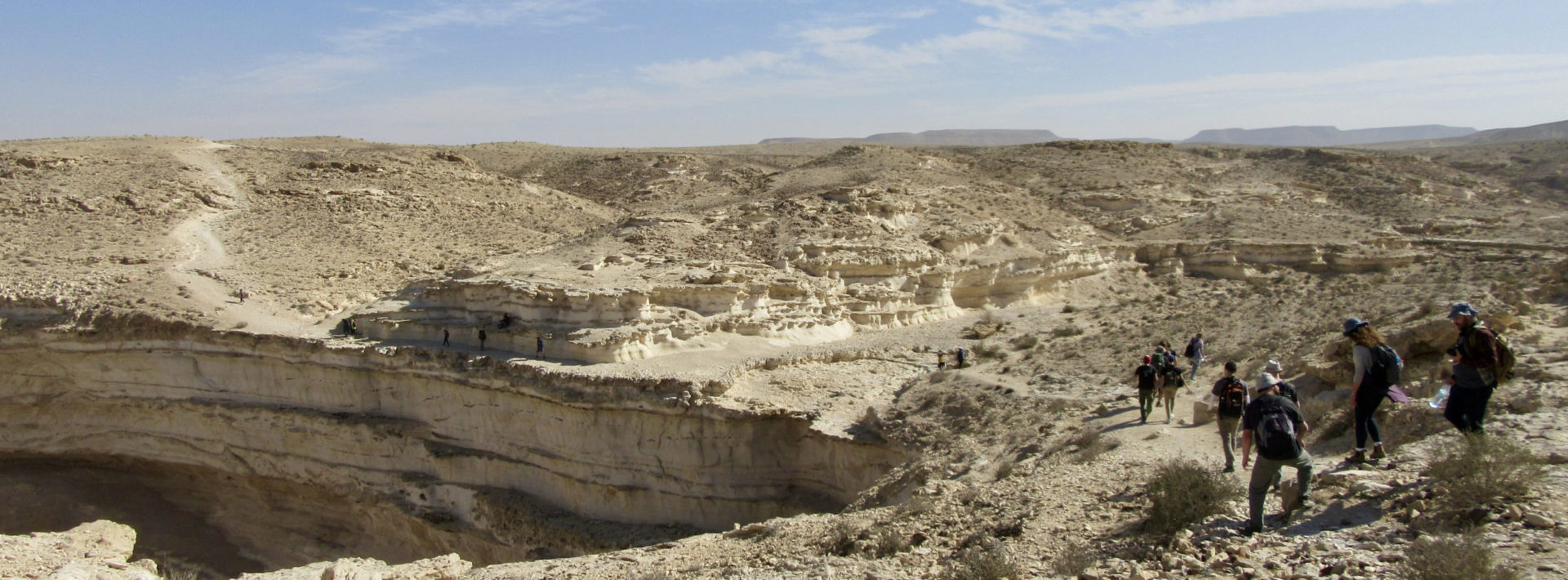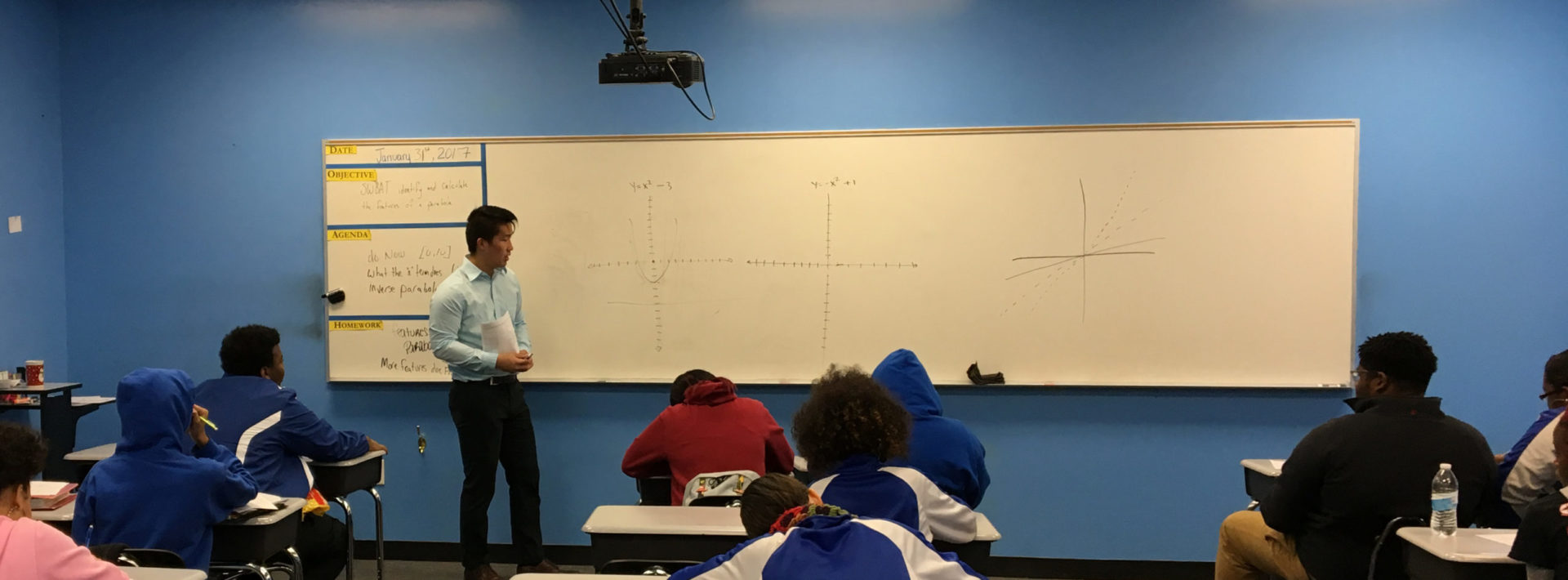Agricultural Microbiology: Designing Microbial Communities

By Mikayla Murphy ’18
During IAP, Course 1 students often scatter across the globe, from TREX in Hawaii to mini-UROP in Cambridge. This IAP, six other MIT students and I are doing something new: spending two weeks in Israel taking a course on agricultural microbiology led by Professor Otto Cordero and Israeli Professor Itzhak Mizrahi of Ben-Gurion University of the Negev (BGU).
After numerous flight delays due to the “bomb cyclone” in Boston, we finally arrived in Israel at 4 am on Monday January 8th, and immediately dove into work at 8 am that same day. The goal of the course is to learn how to design microbial communities using microbes isolated from cows to achieve particular goals. Our challenge in the class is to use these communities to maximize or minimize the production of certain compounds, and eventually this work could lead to very cool outcomes. For example, one could design a microbial community that reduces the amount of methane produced by cows, thus reducing global warming. It’s pretty cool that working with such small microbes could have such a large global impact!
We’re taking the class along with approximately 10 Israeli students from BGU in Be’er Sheva, so we’ve been able to learn not only about agricultural microbiology, but also about Israeli culture and what university life is like here. We typically spend all day together either in lecture, in wet lab learning different protocols for culturing our microbes, or working on analyzing the data we’re collecting, so we’ve all gotten to know each other well by this point 🙂
Though we spend all week researching and learning, during the weekends we get to have fun exploring Israel! This weekend, we first went to a kibbutz, where we toured a dairy farm and learned about how such collective communities work in Israel. We saw many calves and even saw one in the process of being born!

Professor Cordero with a calf on the kibbutz.
Afterwards, we had a group cookout in the desert and made delicious hummus and kebabs (American hummus and falafel is never going to taste the same again). On Saturday, we continued to explore the desert surroundings via a 10 mile hike through the Negev. The surroundings were absolutely stunning: chalk formations and canyons and even an oasis with small ponds that one could swim in!
Overall, this trip has been amazing so far, and we’re all very excited to find out how the microbial communities we designed did during the second week!
Over MIT’s Independent Activities Period (IAP), Professor Otto Cordero is leading a group of students on a two-week experience that allows students to learn state-of-the-art techniques used in the cultivation and analysis of the microbial communities that digest complex plant fibers in the cow rumen. The experience is part of the special subject 1.S992 (Agricultural Microbial Ecology) and was funded in part by MIT International Science and Technology Initiatives; the National Science Foundation; the United States-Israel Binational Science Foundation; and the United States – Israel Binational Science Foundation.
Share on Bluesky


